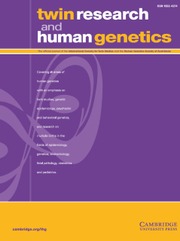The Luigi Cattaneo Museum of anatomical waxes, part of the University of Bologna, among its most interesting teratological specimens, exhibits a peculiar model named ‘Opoectodimo’ (literally opoectodymus in English or Latin), showing a particular case of conjoined twins. As shown by the wax model (Figure 1) as well as by the correspondent natural skeleton, the two bodies are fused at the cephalic and thoracic level, thus they may be classified as a craniothoracopagus (Figure 1). The term represents a hapax legomenon, that is to say, it appears only once in the medical literature, in a study published by Luigi Calori (1807–1897) for the Academy of Sciences of the Institute of Bologna in 1855.Footnote 1 The new denomination appears to derive from the union of the Greek words ‘ops’ –– eye, ‘ecto-’ –– a prefix meaning ‘external’, and ‘dymus’ –– presumably a contraction of the word didymus, a Latinized variant of dídymos (‘twin’ in Greek). Such a term perfectly describes a type of conjoined twins in which the eyes protrude externally with regard to the plane of conjunction, and it may well be reintroduced and implemented even in current pediatric research.

FIGURE 1 The wax model ‘Opoectodimo’ at the Luigi Cattaneo Museum of anatomical waxes, image available online at http://www.museocereanatomiche.it/.



